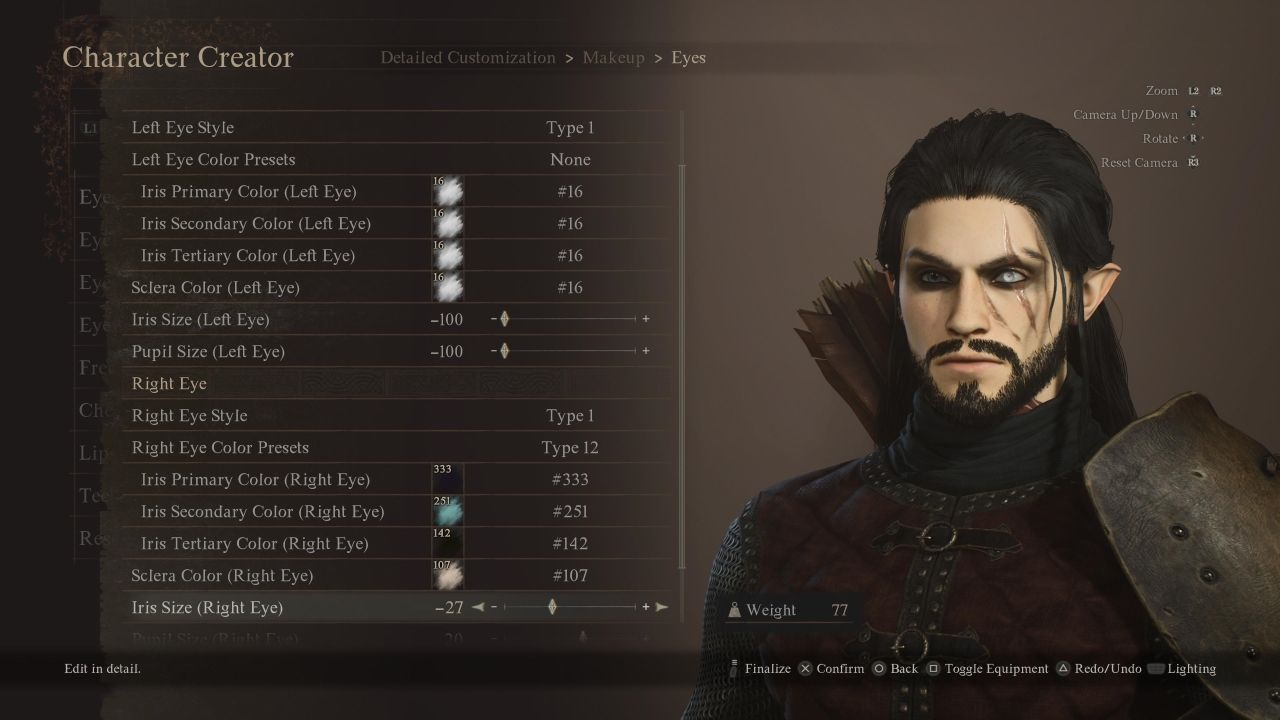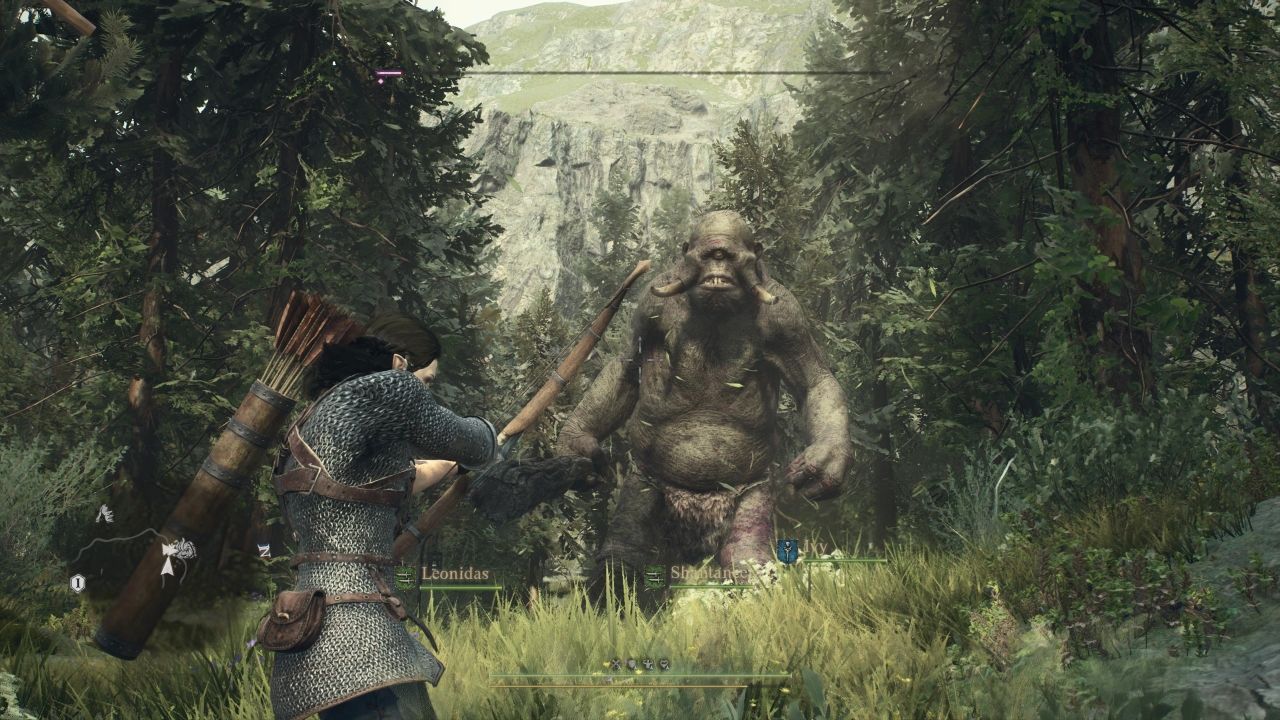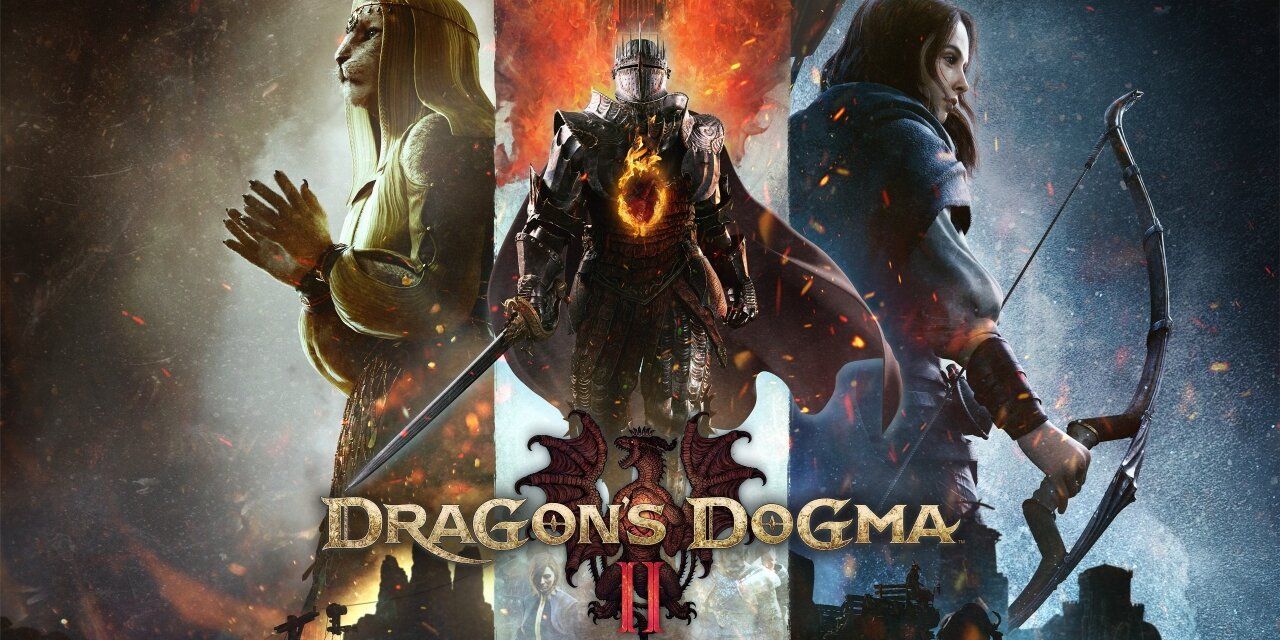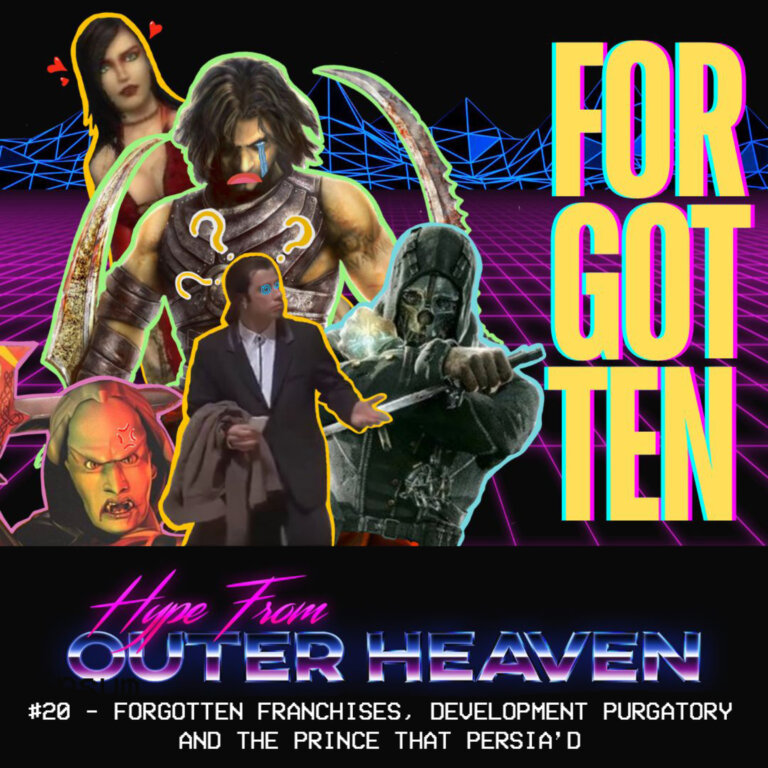Questin’ like it’s 2012…
After brewing for nearly twelve years in Capcom’s cauldron; Dragon’s Dogma 2 is finally here, and with it, a sequel that stays surprisingly faithful to the original game. Despite some initial controversy with microtransactions following launch, the game builds upon the foundations of the first game all the while maintaining the signature gameplay style and world building that Dark Arisen is known for, opting for a strong influence on exploration this around with a world that is 4 times the size of the original; just choosing a direction to head off and explore is by far one of the game’s strongest features, alongside a combat system that makes taking out enemies some of the most fun one can have in a video game. Having released worldwide on all major platforms on 22nd March 2024, I’ll be going over my time spent with the PlayStation 5 version of the game; detailing the good, deconstructing the bad, whilst ultimately discussing whether the game is worth your time and money at the £59.99 asking price (UK PSN Store).
Having developed somewhat of a cult following back when it released over a decade ago, Dragon’s Dogma was a bit of an enigma for a Fantasy RPG when it released in 2012. Following the groundwork of 2011’s Skyrim somewhat (nearly every medieval RPG has been influenced by it in some way) Capcom could have followed the tried and tested fantasy western RPG route, but ultimately decided against it with a game that contained some of the tropes, but ultimately did its own thing, with very little else on the market like it. Releasing back in 2012 on the PlayStation 3, there was little out that could claim it was exactly like Dragon’s Dogma, holding down a party combat system that was dependent on its proprietary pawn system, where every player known as the Arisen (a dude who just casually gets his heart stolen by a Dragon) also creates a main pawn (a race of humanoid creatures that are subservient to said Arisen), that they can then throw on to the open market like cattle; you also then can ‘borrow’ the services of two other pawns to create your party of four, with some interesting combinations depending on the classes you chose. Despite sounding like the digital slave trade, the system was wholly unique for its time, and in conjunction with the game’s stellar combat mechanics (who doesn’t enjoy climbing atop a giant minotaur and going to town stabbing its head?) the game presented some of the most interesting boss fights of the generation.
Despite positive reviews and a substantial cult following, Capcom only announced a direct sequel back in June 2022, over a decade from the release of the original game. Dragon’s Dogma 2 once again places you within the shoes of an Arisen, this time within a map that is 4 times larger than the original game, encompassing the kingdoms of Vermund and Battahl who are within the midst of a geopolitical conflict with one another. The initial cutscene showcases that the ruler of the kingdom of Vermund has always been Arisen, and after their initial coronation, they seem to be struck down by the control of the dragon and sucked into a trance like world. Fast forward a period of time and we’re now in prison and can choose what our Arisen looks like, where our journey truly begins. Having been released a number of weeks ahead of the game, the game’s character creator is leagues and bounds above anything I’ve seen in a video game to date. You can truly get lost designing your character, from imperfections on their skin, the size of their pupils, even down to the posture and how they walk. The level of fine-tunable detail here is impressive, easily allowing you to get lost for hours on end, fine-tuning every aspect of your Arisen’s appearance, as well as your main pawn a little further down the line. Following our escape from Prison, it’s soon established that we are the Arisen (like we didn’t know already) and that our heart was taken by a Dragon that attacked the village of Melve, binding together our fates in the process, and leading us down the path of eventually slaying the beast. Despite having a pretty breakneck pace start, the rest of the game’s narrative is largely put on the backburner; it’s there, but it’s not the main thing to focus on here.

The North Remembers: Despite looking like Ramsay from Game of Thrones with a clip-on beard (Big up House Bolton) the level of customization on offer within the character creator is insanely in depth.
In terms of Gameplay, you can expect a very similar experience as the first game, albeit with some refinements in areas. Game director: Hideaki Itsuno, has said publicly that the main focus for DD2 was a refinement of the core DD mechanics that wasn’t possible with the technology available in 2012, over place of adding anything new. This is largely either going to be a gripe or a boon depending on the player; for myself, whilst I sank some time into Dragon’s Dogma on the PS3, it never grabbed me in the way it did some of my friends. It was a solid game that was wholly unique, but some of its elements I felt were more tedious than innovative, despite enjoying the game’s approach to combat (see aforementioned comments about stabbing Minotaurs in the face). Combat this time around is broken down across four main classes, all with their own distinct combat styles and abilities: Fighter, Mage, Thief and Archer; with yours truly being a fan of the brigandry arts, I of course opted for Archery. Each vocation offers a different playstyle, with fighter opting for a balance of defense vs. damage, thief specializing in close quarters and latching on to enemies (still just as fun as ever) mage for area control and healing, and Archery for flying foes and ranged damage, with a collection of different arrow types that are capable of inflicting different status effects. Switching between vocations comes at a cost of discipline points, but once you’ve racked up enough of these you will be able to freely switch between without much thought. Experimentation and exploration of skills is the name of the game here, allowing you to refine, adapt and explore different build options that suits your individual play style.
Another thing that Dragon’s Dogma 2 does well is its approach to emergent gameplay, opting to be as absent as possible when it comes to rigid quest markers, opting for a somewhat organic experience in place of a more traditional fixed one, which can be overwhelming for some, but was something I was a big fan of. Whilst the initial quests lead you down a certain path and explain some base mechanics, once you reach a certain point in the game (very early on mind) the world opens up and allows you to explore, quest, refine/upgrade weapons & armor etc. in any order or meaning you see fit. Interestingly, the game is unapologetically manual in its terms of traversal, making you travel most places on foot, with some means of fast travel being locked behind rare items, and only to specific places. All in all, this can be a deal breaker for some, however the game shines at its best when you pick a random direction to go adventuring in, not knowing what you’re going to discover, and dealing with any threats as they arrive. This is also where the pawn system comes into play, which has been refined somewhat this time around. there will be a much broader range of in-game commentary (despite it being tedious as all hell sometimes) their combat AI has been overhauled, and they can also lead you towards treasure and quest markers in some instances, if they have the skill. However, the commentary is asinine in every sense of the word, having to listen to pawns comment on the fact that we’ve walked past a ladder or that plants can be harvested every other minute led to many instances of me picking them up and yeeting them straight into the brine (Dragon Dogma’s signature Piranha water makes a return).

Eye see you: Dragon’s Dogma 2’s emergent gameplay is one of its standout features; pick a direction, go for a stroll and you never know what treasures or dangers will be lurking within.
In terms of performance, this is where things start to take a different turn; it’s by no means bad, but it’s nothing to write home about either. The game is built from the ground up in the RE Engine, offering the same level of high-resolution textures and volumetric lighting that most of Capcom’s recent releases are known for. On PlayStation 5, the game has a set at a resolution target of 4K – 3840x2160p, with resolution scaling that is somewhat all over the place depending on what’s going on at the time on the screen. Whilst uncapped at launch, more recent patches have added in the option for a capped framerate at 30fps, which makes the game all the more stable across the board. Playing on variable will give you higher frames, but at the cost of a more unstable experience, although, now being able to turn off ray-tracing definitely helps in this regard a lot. The frame rate is still wholly unstable in some of the more populated areas like the capital city of Vermund, where it can easily drop down into the mid 20’s in some cases. HDR is present and can be fine-tuned alongside the removal of motion blur.
When it’s all said and done, Dragon’s Dogma 2 is a stellar example of a videogame sticking to its niche with reckless abandon, despite it not being everyone’s cup of tea. Capcom has not compromised when it came to their vision of Dragon’s Dogma, and whilst I might not enjoy every aspect of the game, I can wholeheartedly say I wasn’t not having fun whilst playing it; even if the pawns kept reminding me there was a ladder close by every five fucking seconds…
A PlayStation 5 review code was provided by Capcom.







